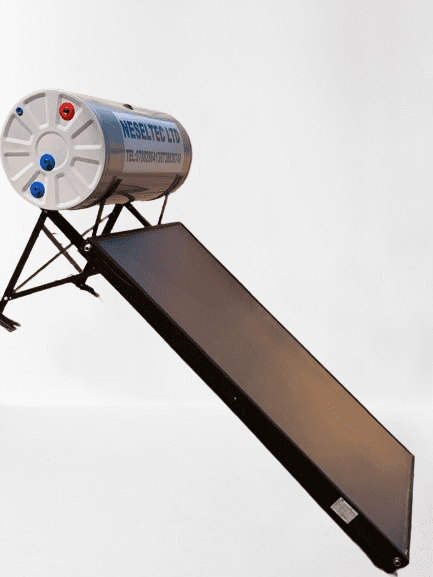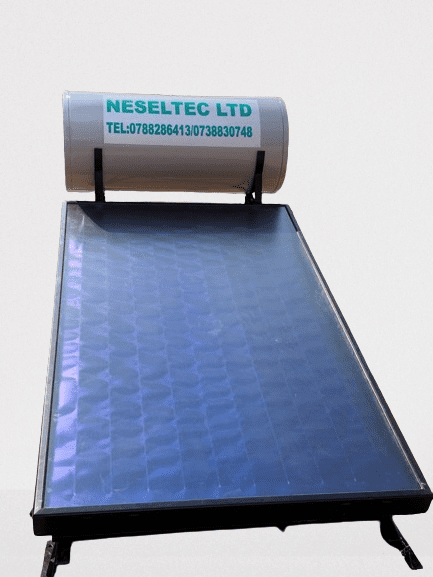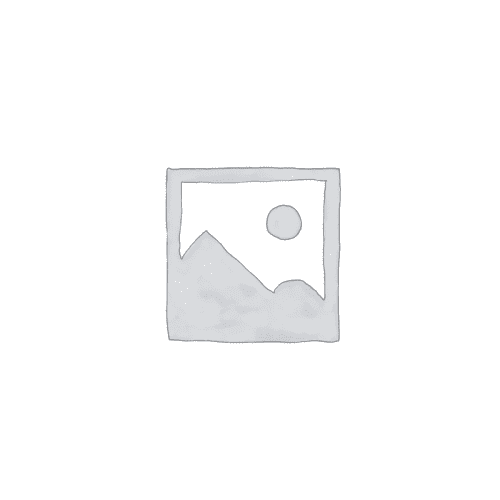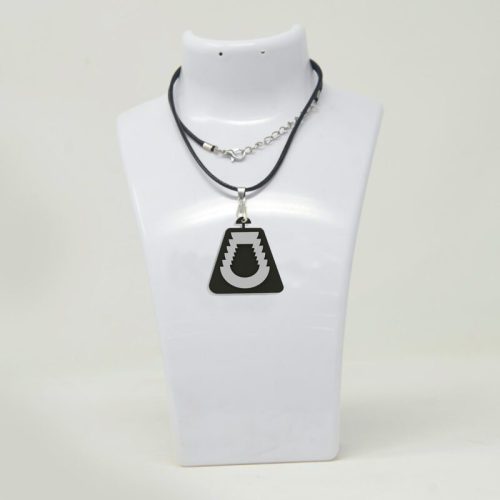Operating Principle of Solar Water Heater
Solar collectors, often flat-plate panels or evacuated tubes are installed on the roof at area where sun light will be absorbed at maximum. These collectors absorb sunlight and convert it into heat. Water or a heat-transfer fluid circulates through the collectors, absorbing the heat. In direct systems, water flows directly through the collectors; in indirect systems, a heat-transfer fluid, such as antifreeze, is heated and then transfers its heat to water via a heat exchanger. The heated water (or heat-transfer fluid) is pumped to an insulated storage tank, where it is stored until needed. In some systems, natural convection (thermosiphon) allows heated water to rise to the tank without a pump. When hot water is needed, it is drawn from the storage tank and replaced by cooler water, which then gets heated in the collectors. This process provides an efficient and renewable way to produce hot water, reducing energy costs and environmental impacts.











There are no reviews yet.